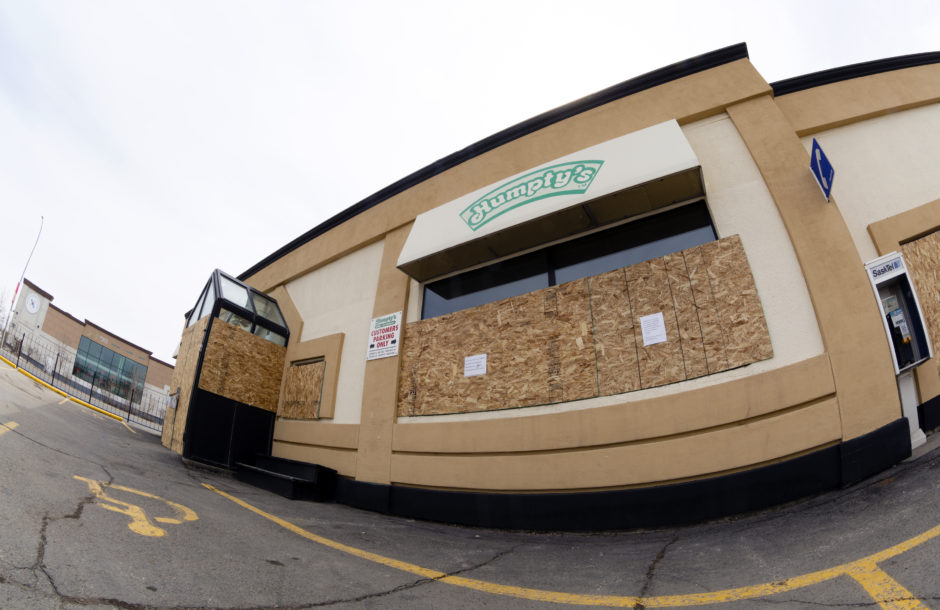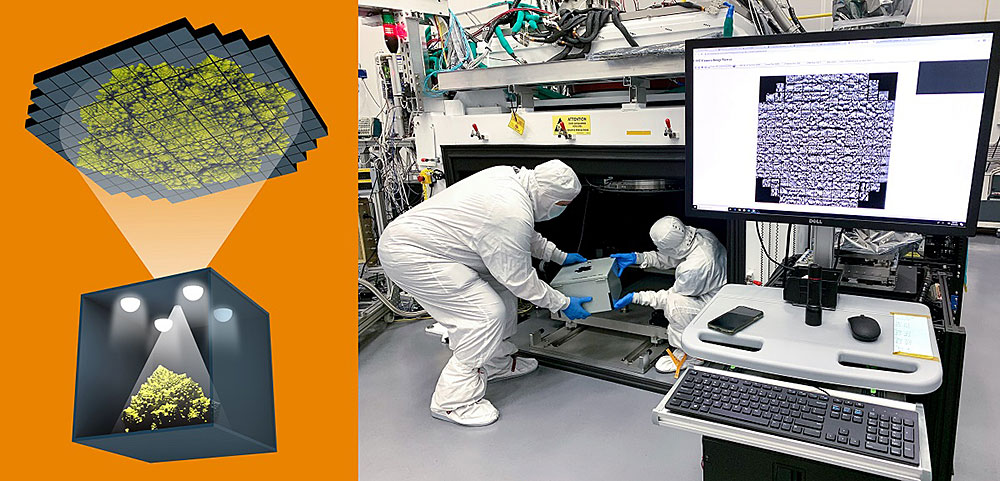

"But if it's larger than we think or intended at the beginning – now you've got a vehicle of quick transmission to many, many people." "If a pod is small and contained, then you should have less likelihood of infection and a greater ability to respond quickly to reduce spread," Hawkins said. And over time, she said, "they've gotten leaky." But the CDC doesn't have official rules about pods, and though there are additional guides and resources giving advice, many people have defined their own pod rules. The reality, she said, is people are tired of such limits. cases began to soar in November, which she said makes it important for people to adhere to the strictest safety measures, as recommended by the Centers for Disease Control and Prevention. Hawkins, who in June published a widely referenced guide to pods, said they were a sensible strategy to reduce risk when the virus seemed to be relatively under control. The idea seems simple: A small group agrees to restrict contact with non-members in exchange for looser restrictions within the pod. That's a serious issue as people grow eager for more contact, but vaccinations are months away for most. "There's maybe a false sense of security with these pod arrangements," said Melissa Hawkins, director of the Public Health Scholars Program at American University in Washington, D.C. An analysis of several studies published in PLOS Medicine showed social connection is associated with about a 50% reduction in the risk of early death.īut unless pods are managed carefully, they can invite some of the very problems they were meant to solve. A study published recently in Nature Neuroscience suggests loneliness triggers chemical responses in the brain similar to what's prompted by hunger.Ī 2016 study in the journal Heart linked loneliness and social isolation to a 32% increased risk of having a stroke or developing coronary artery disease. Research reveals our deep need for connection and how it can influence health. That's the appeal of a pod – guilt-free social interaction in a time when social distancing remains crucial. It feels to me like the best solution." Patti Ghezzi (right) with her daughter, Celia, who chose pod schooling at home with two friends instead of face-to-face learning. She's standing at the door, excited to go over there. "The days that we go to other kids' houses, she's up on her own. Ghezzi, who works in nonprofit communication, said the arrangement has been a boon to her eighth-grader's mental health. All agreed to limit their exposure to the outside world, and their girls rotate among three homes to do remote schooling. So Ghezzi and her family did something many other Americans have attempted: They became part of a "pod," or "social bubble," with two other Atlanta families.

She also knows that her 14-year-old daughter thrives in the company of her friends. Patti Ghezzi knows the risks posed by the pandemic. (Yagi Studio/DigitalVision, Getty Images)


 0 kommentar(er)
0 kommentar(er)
